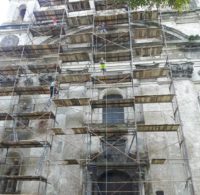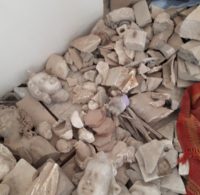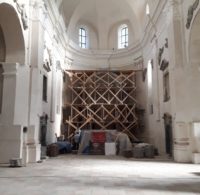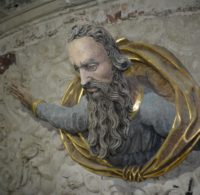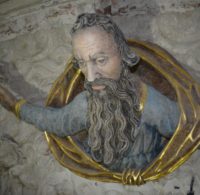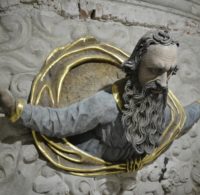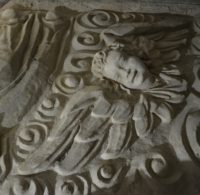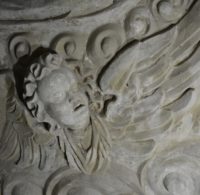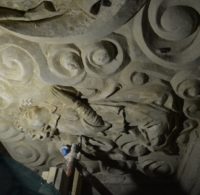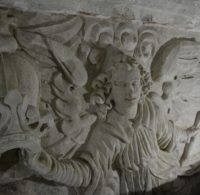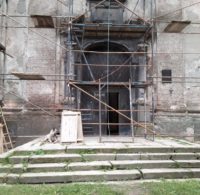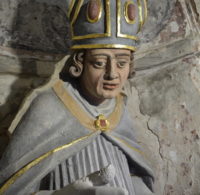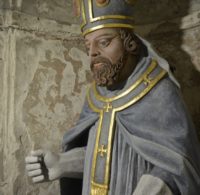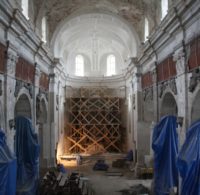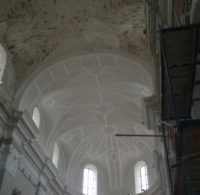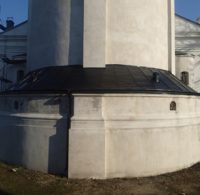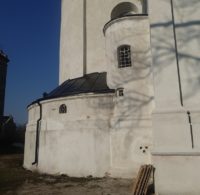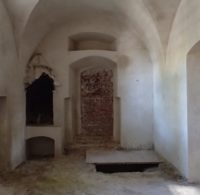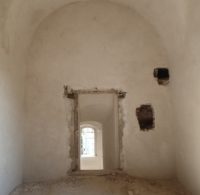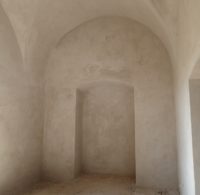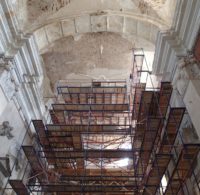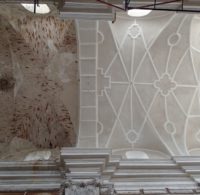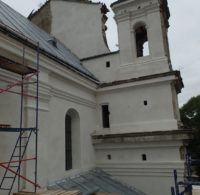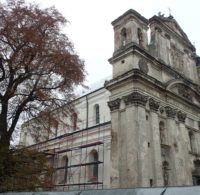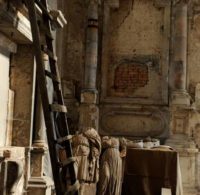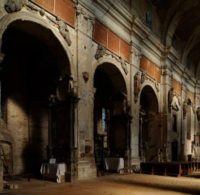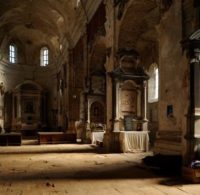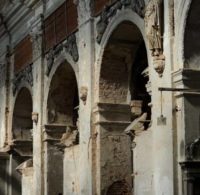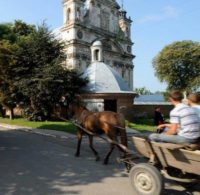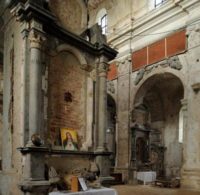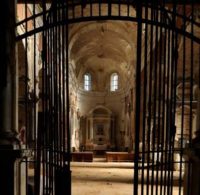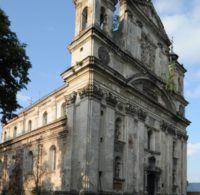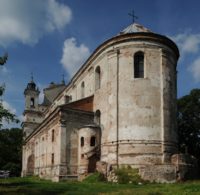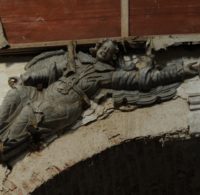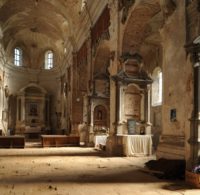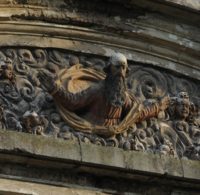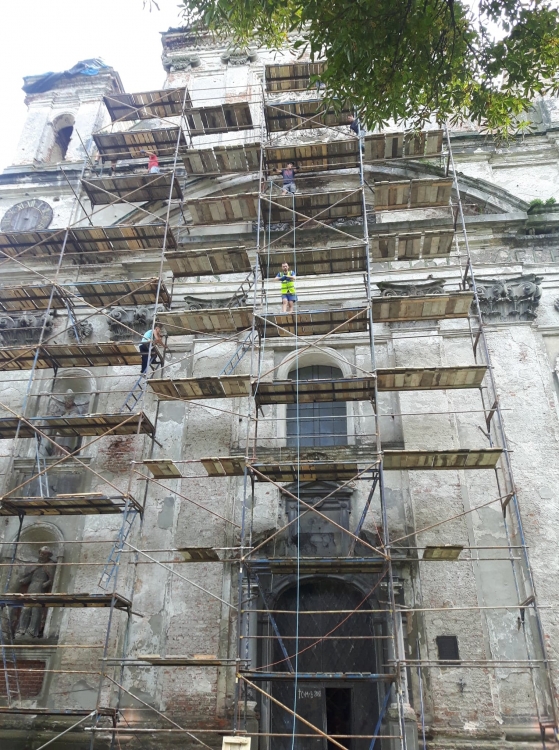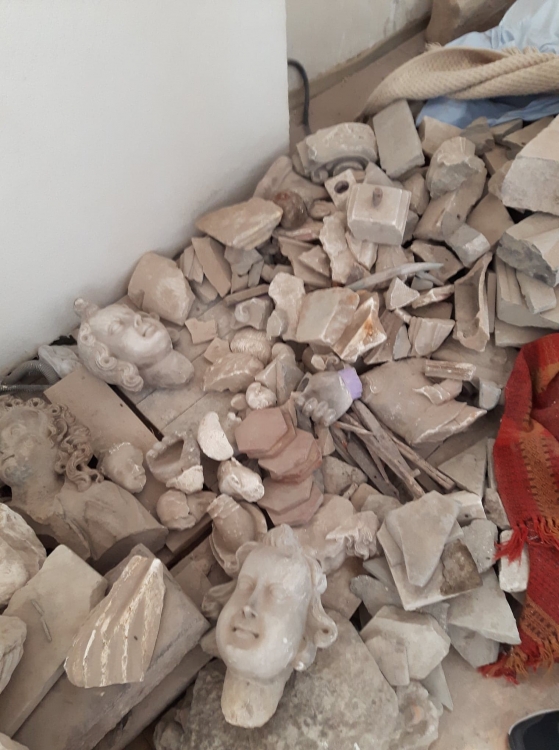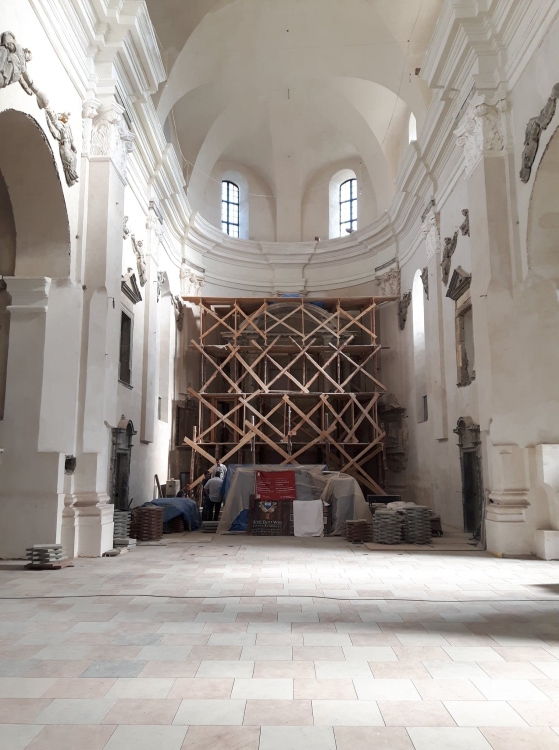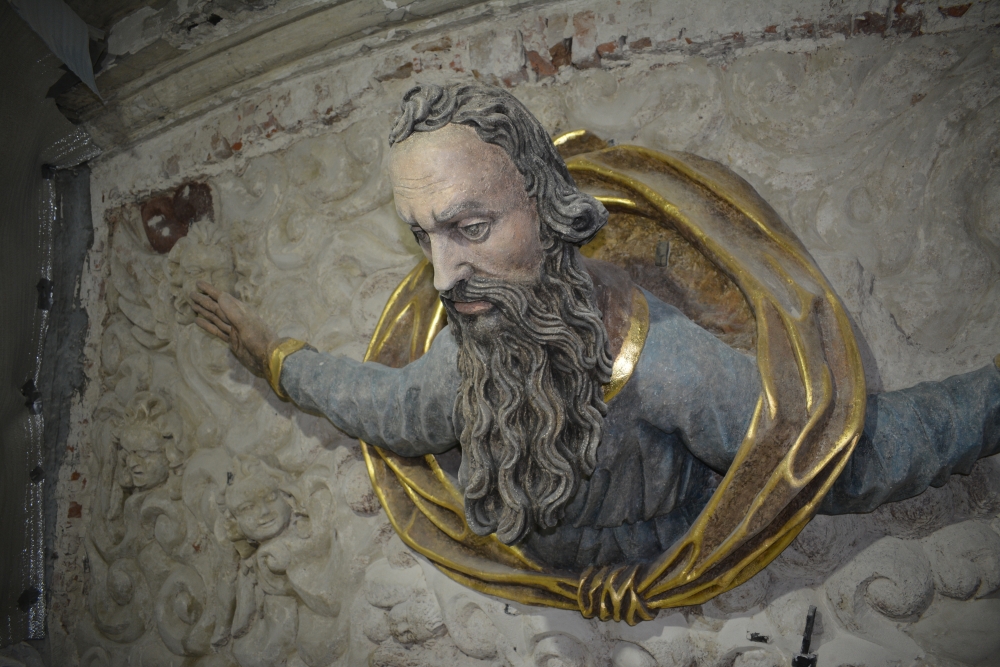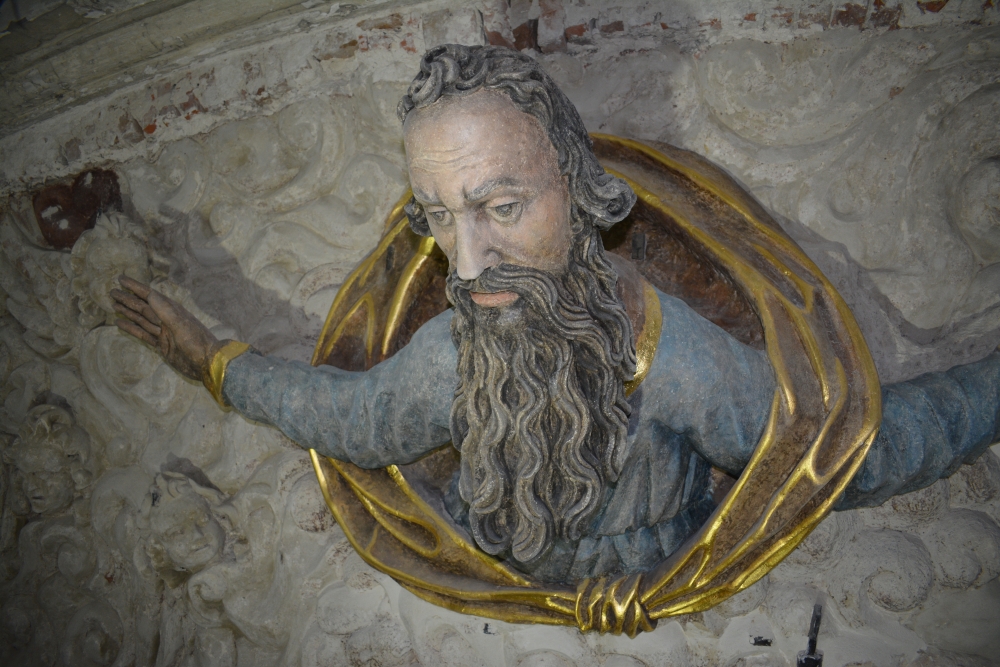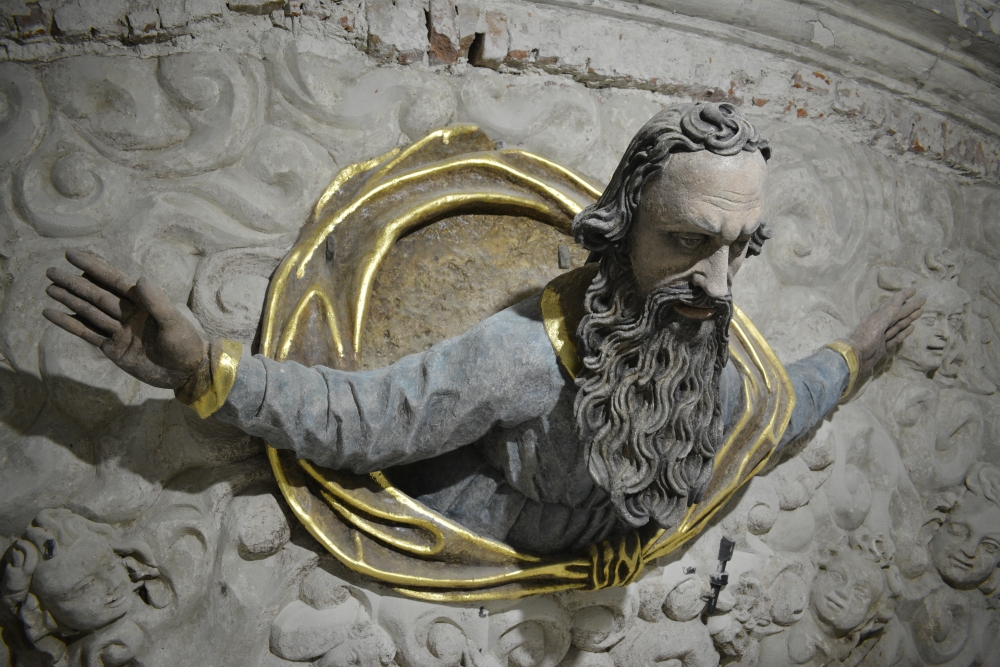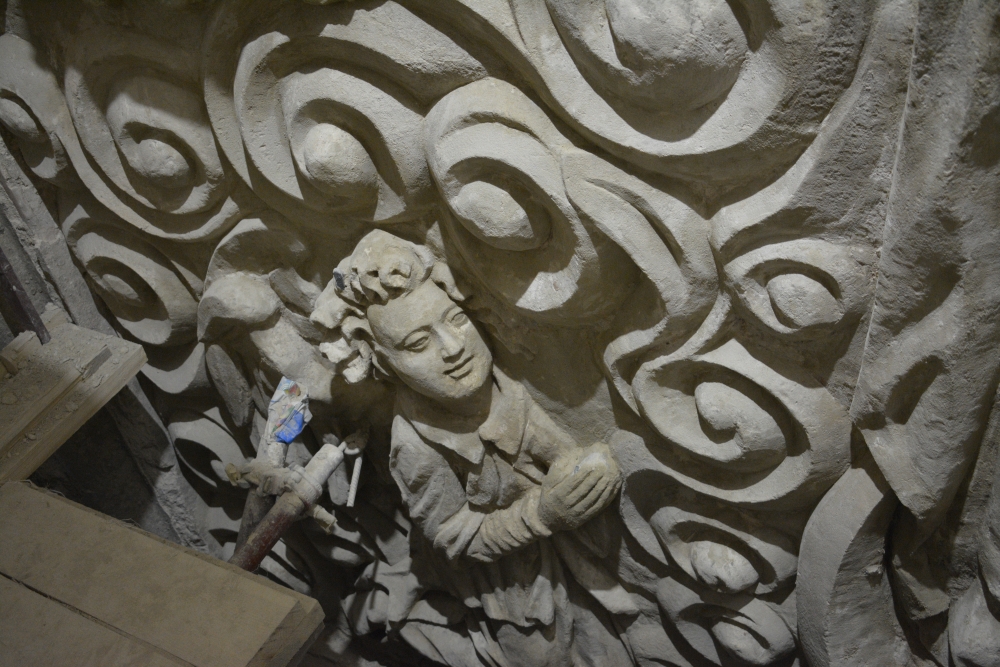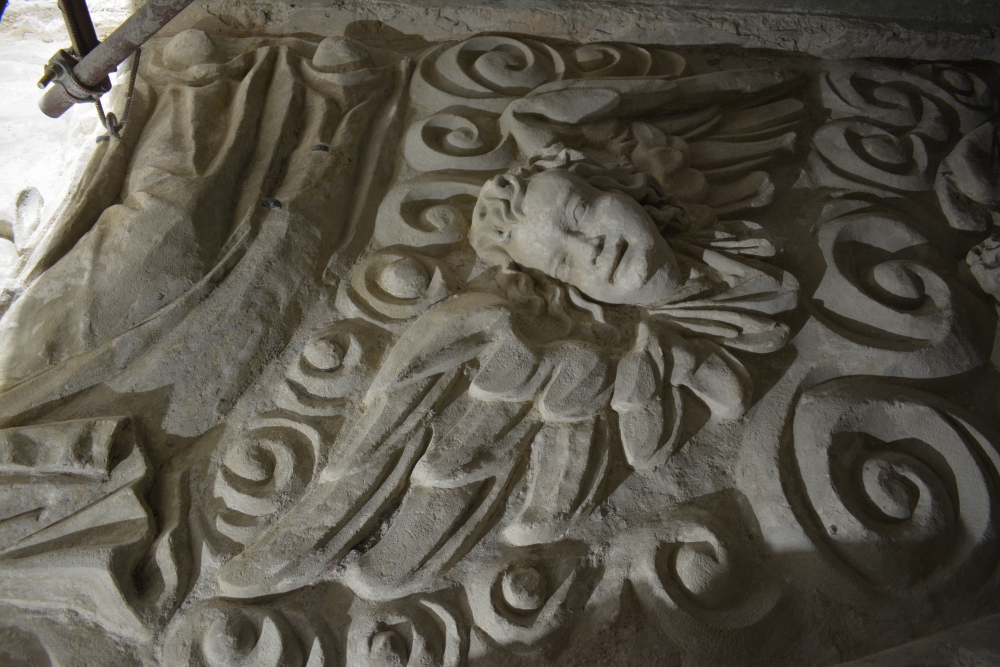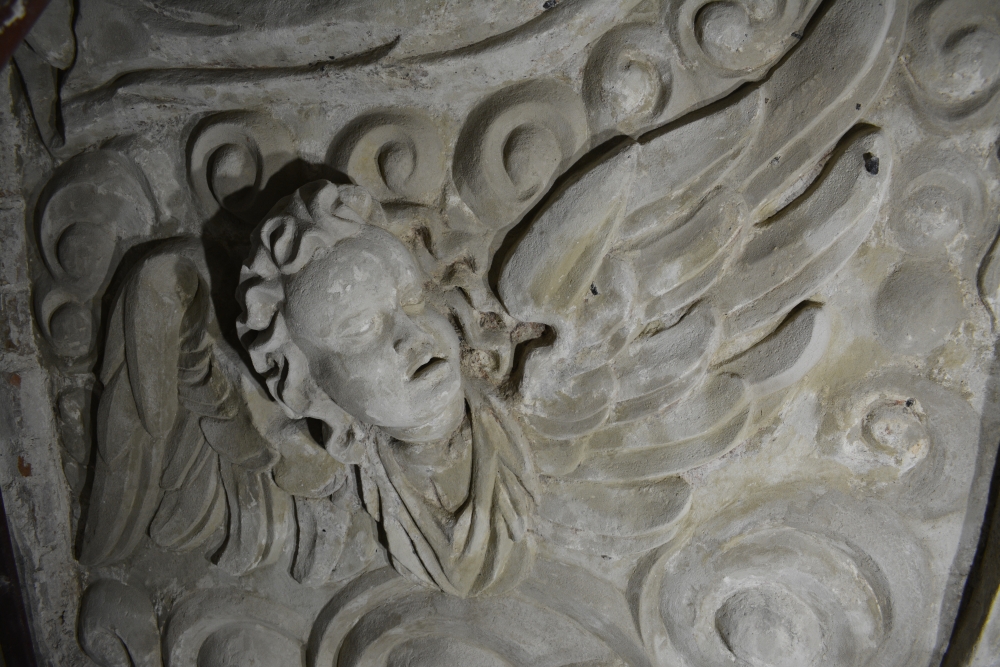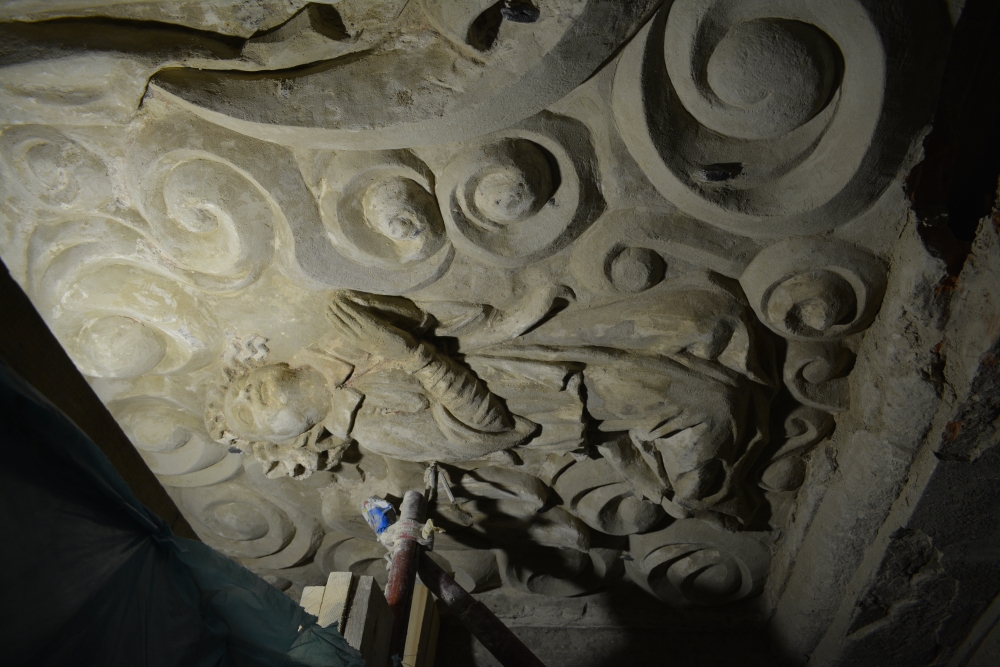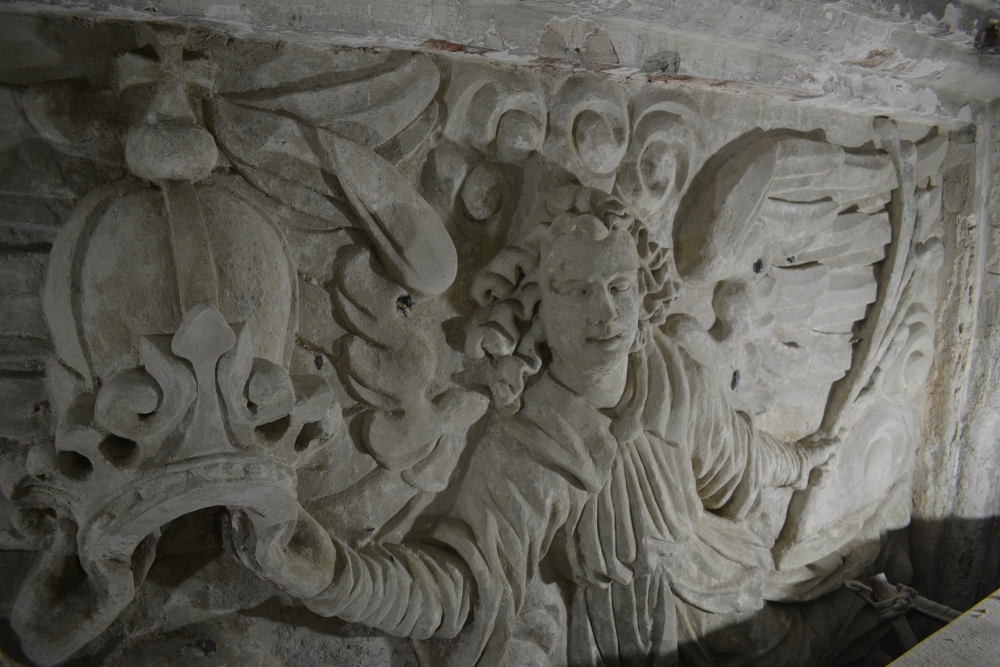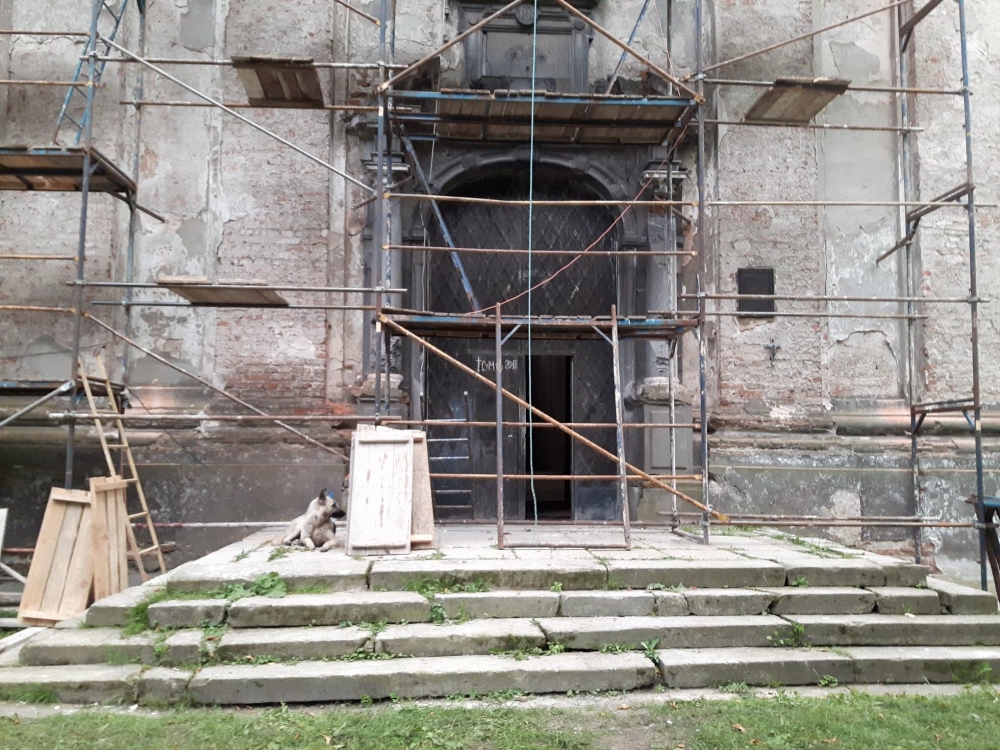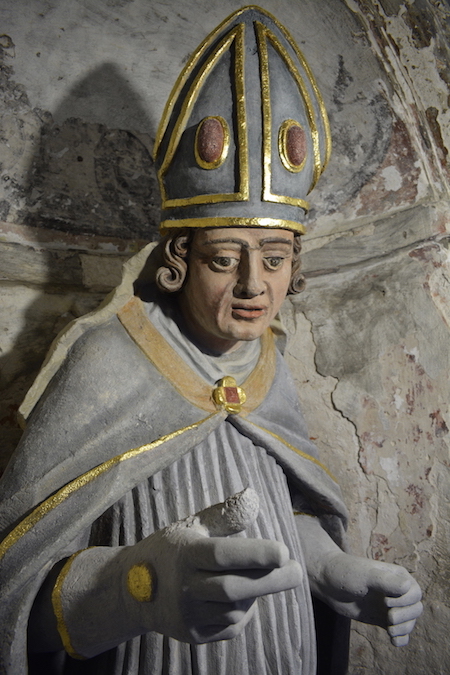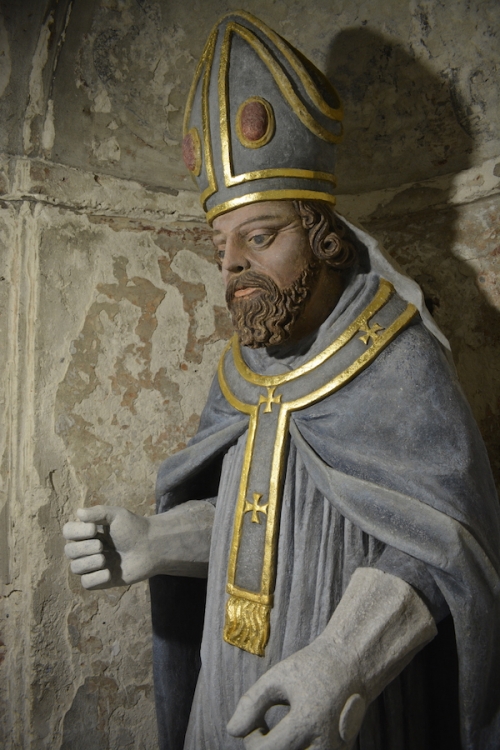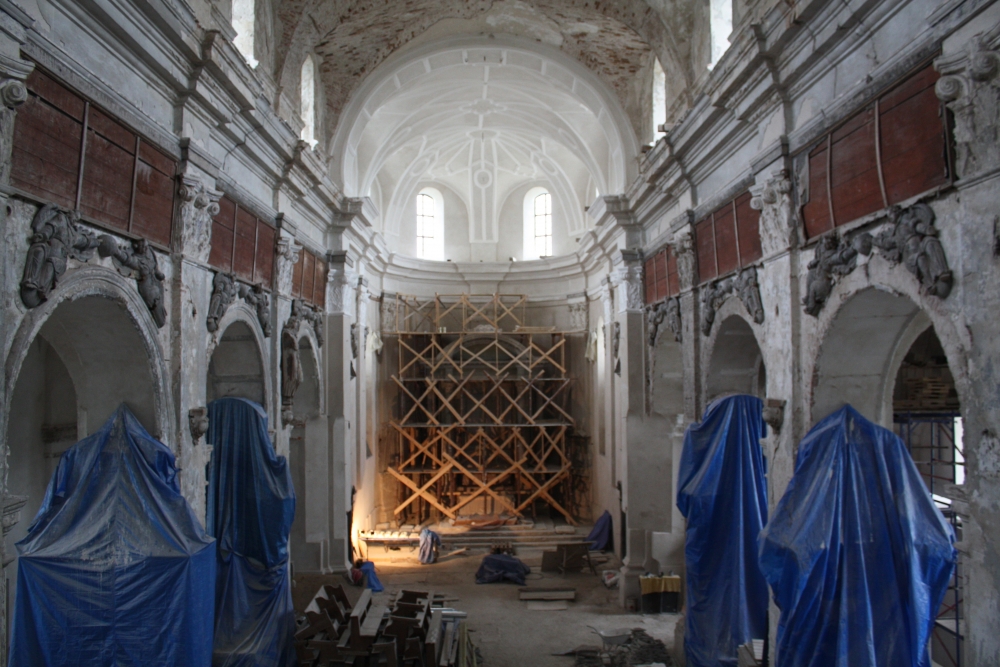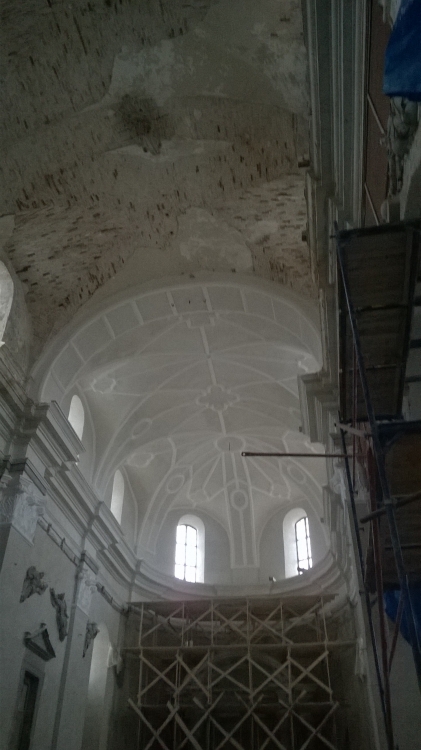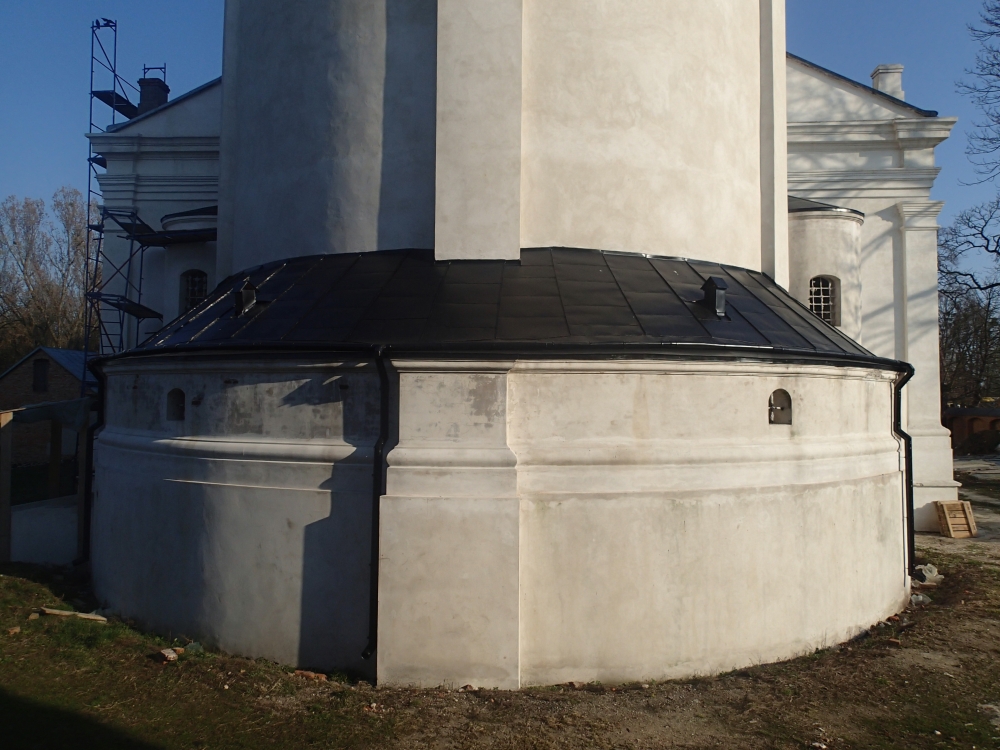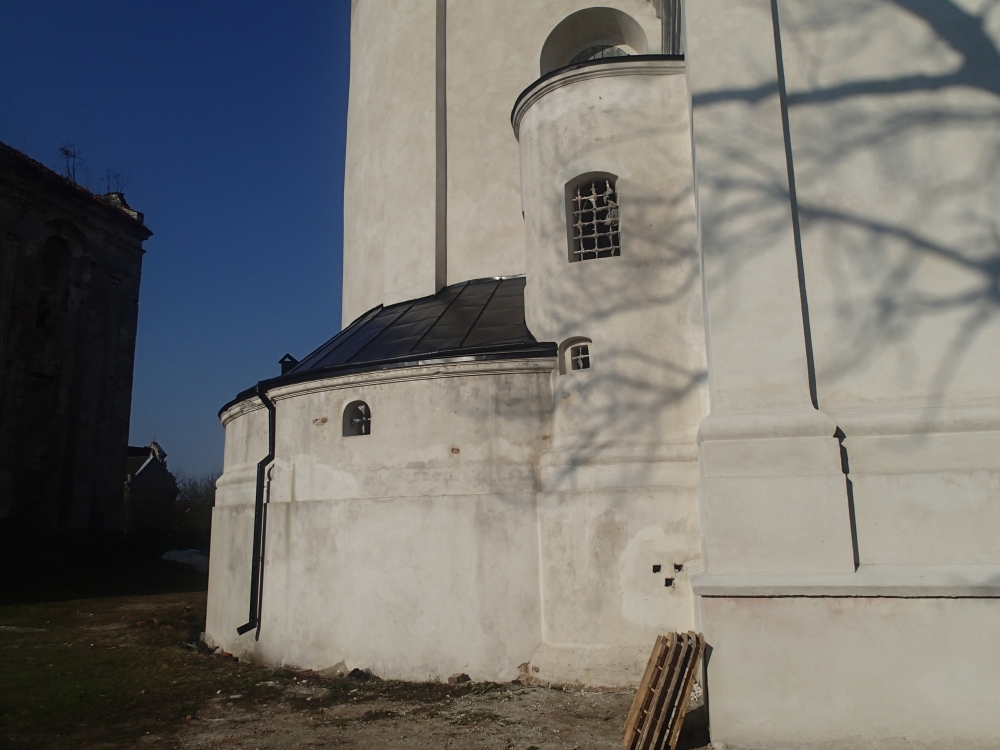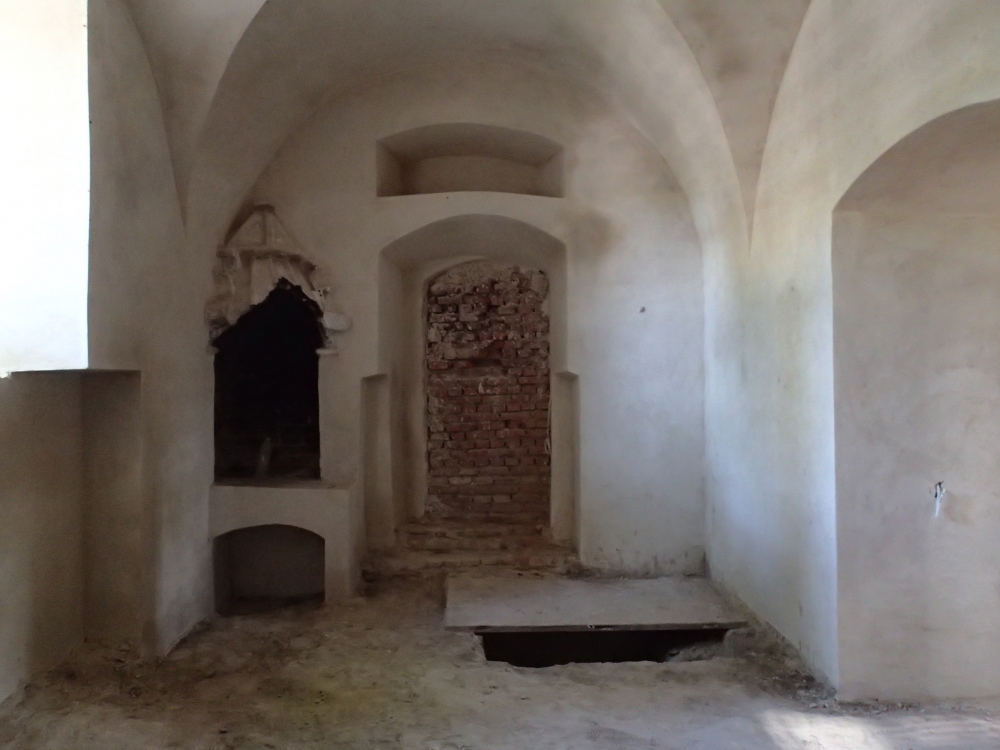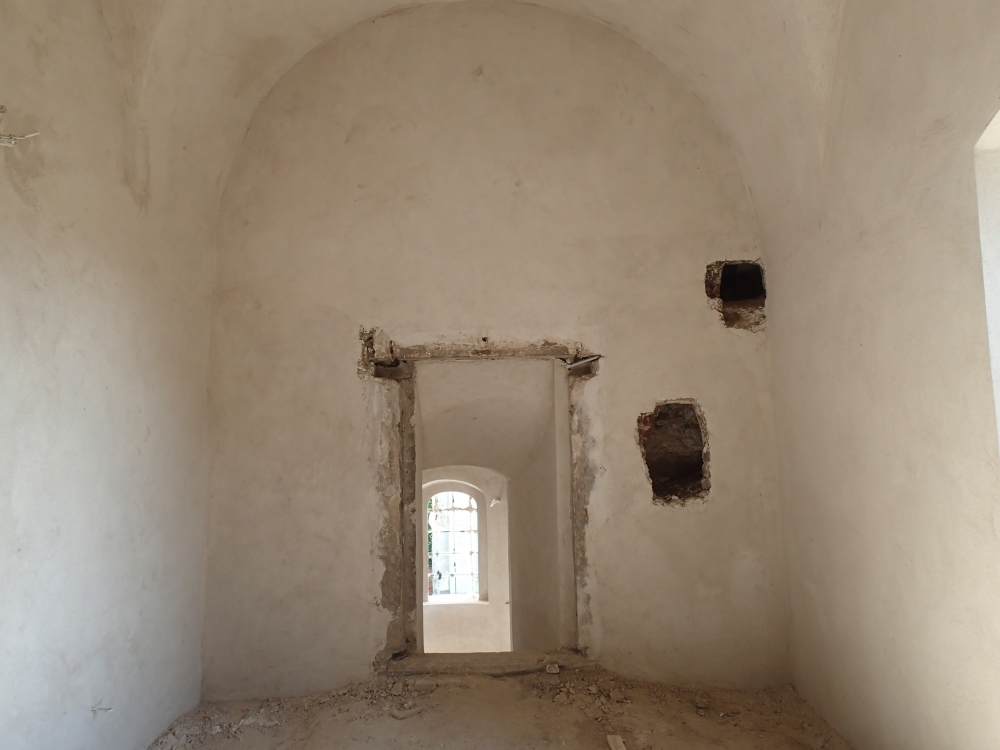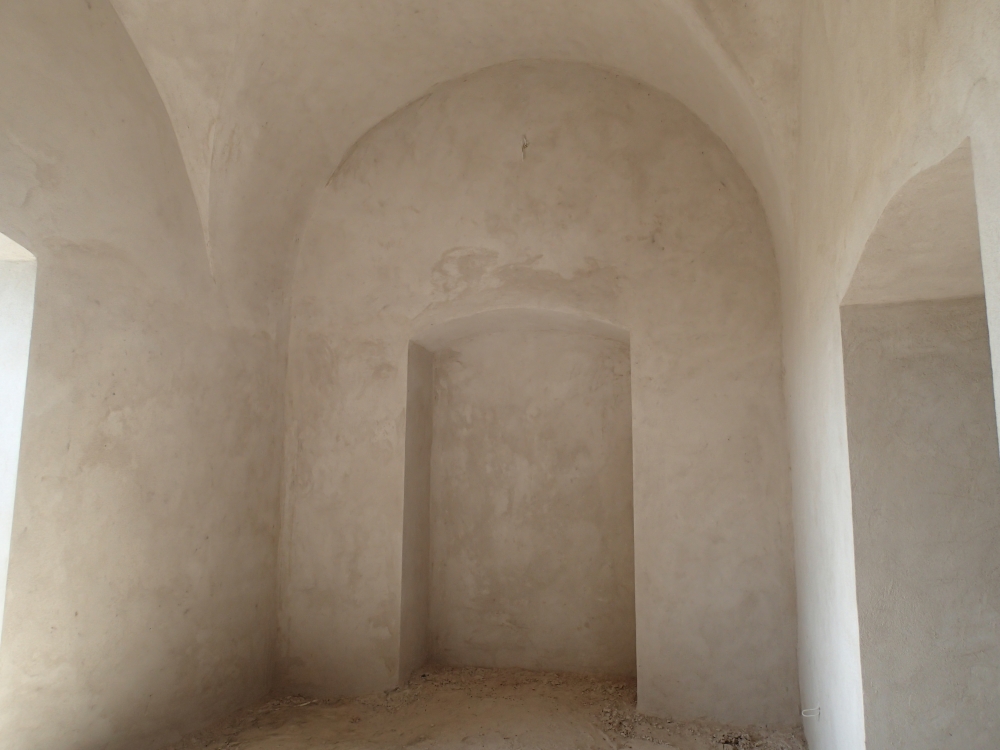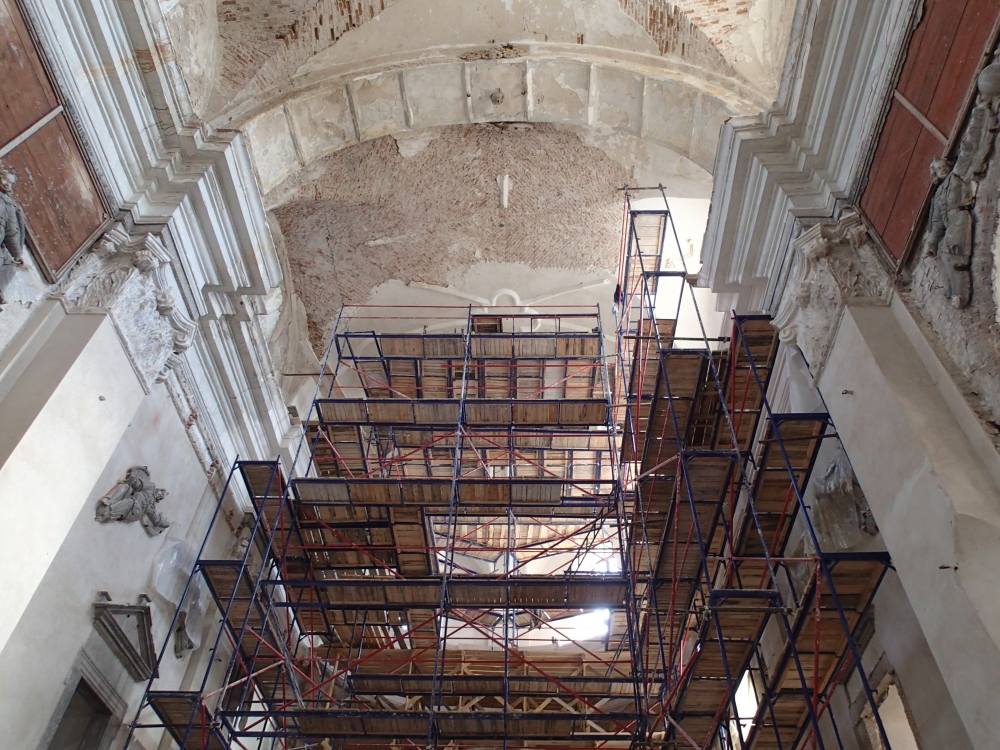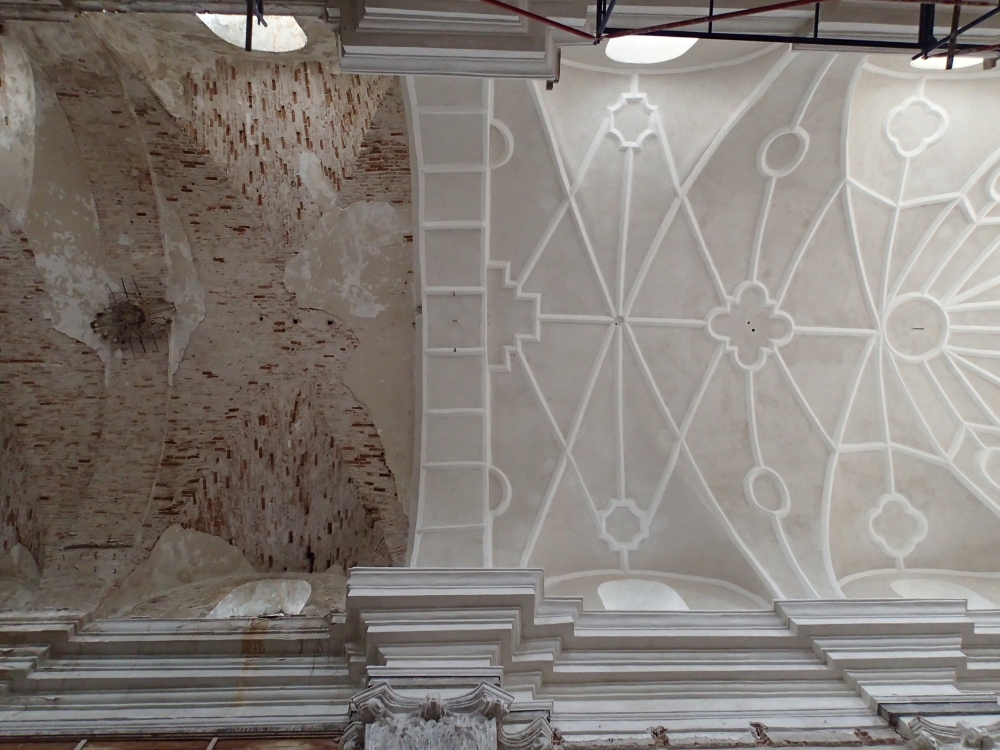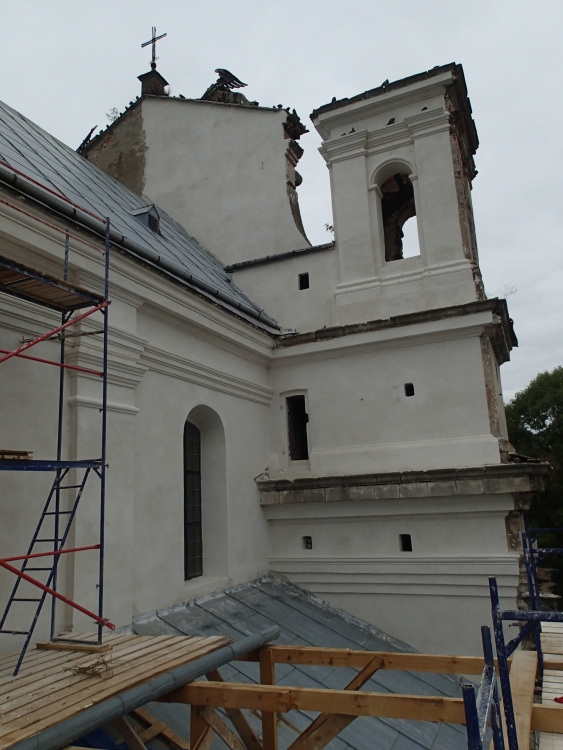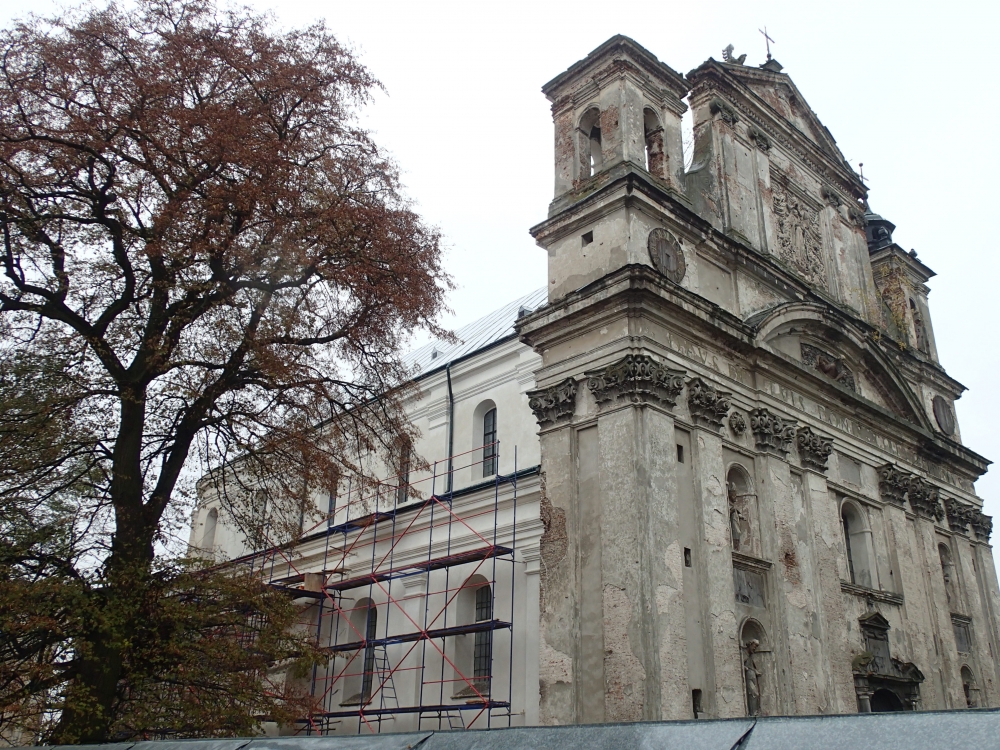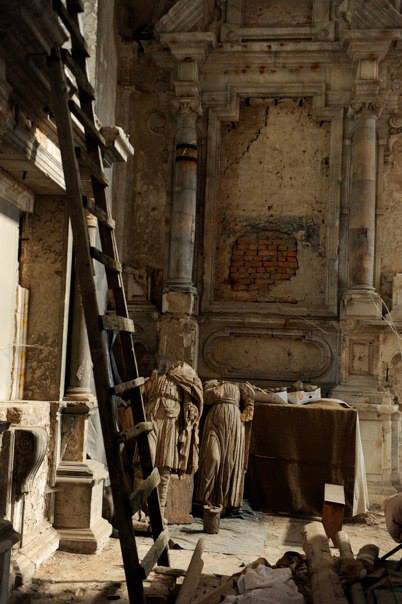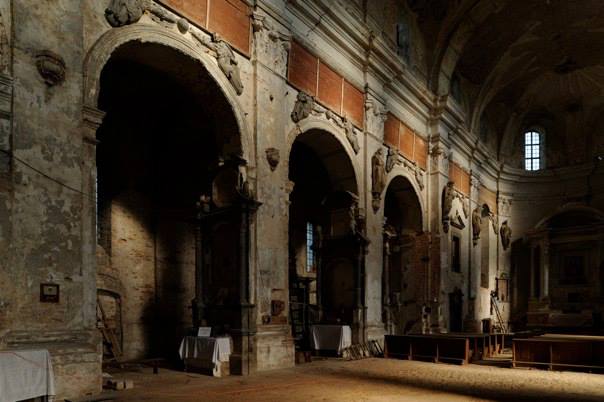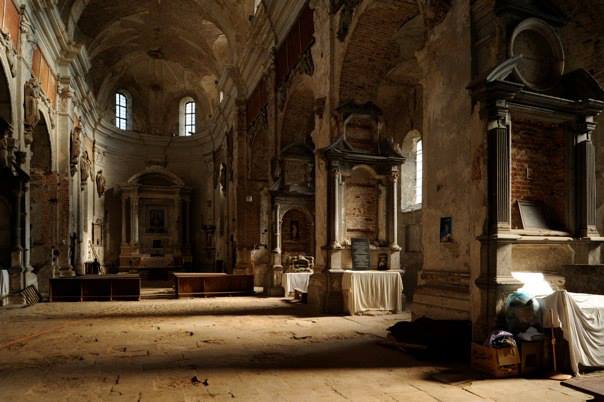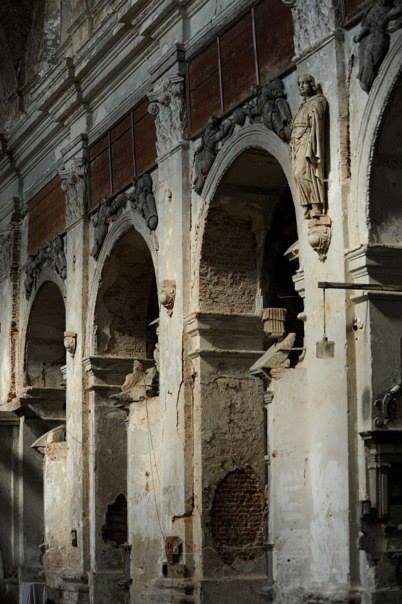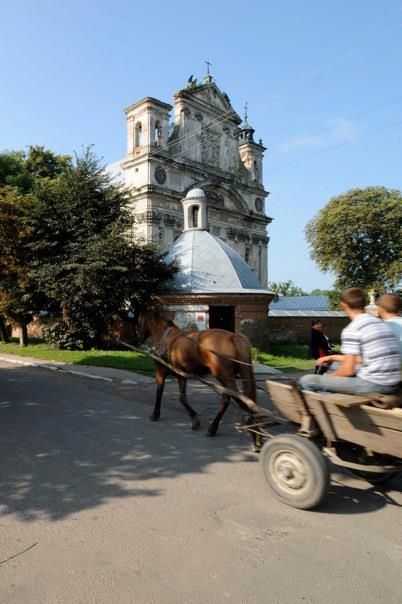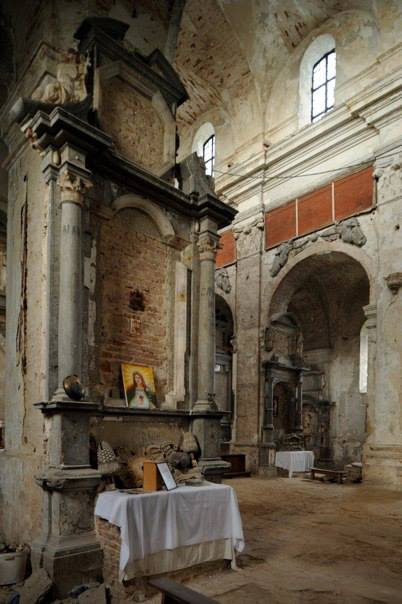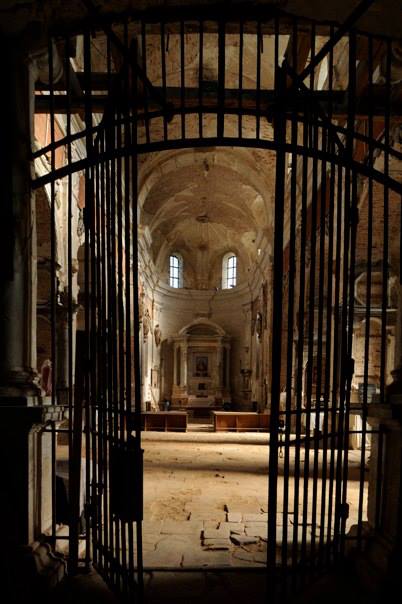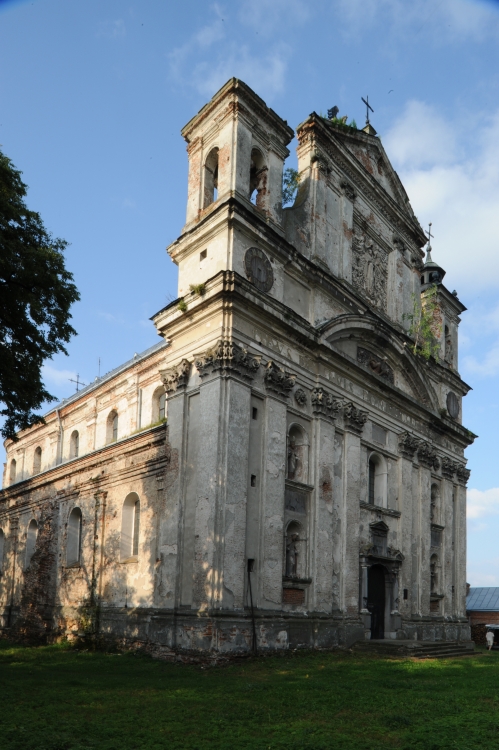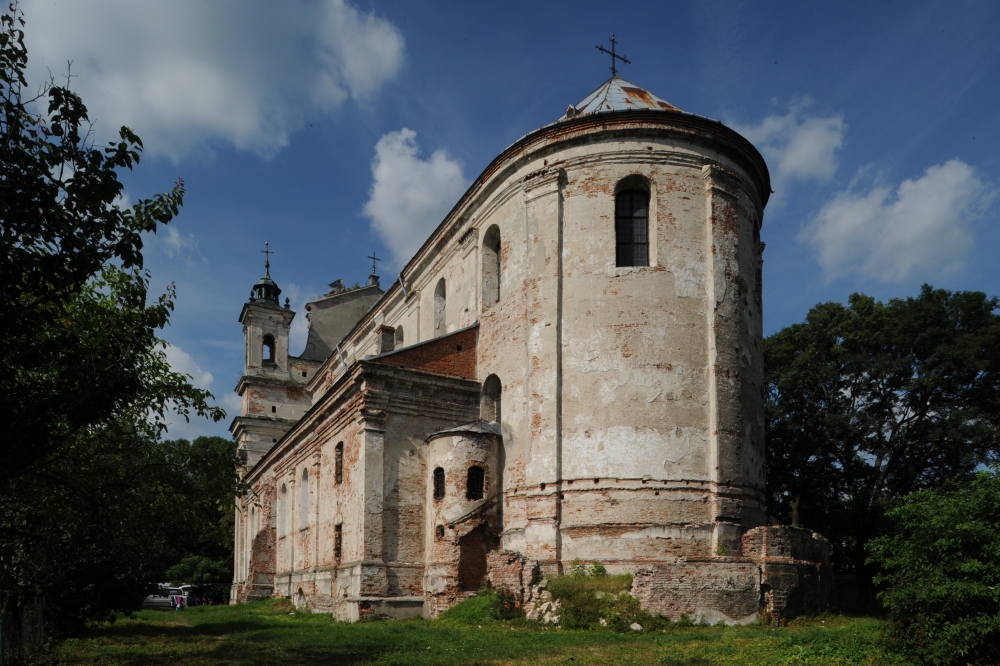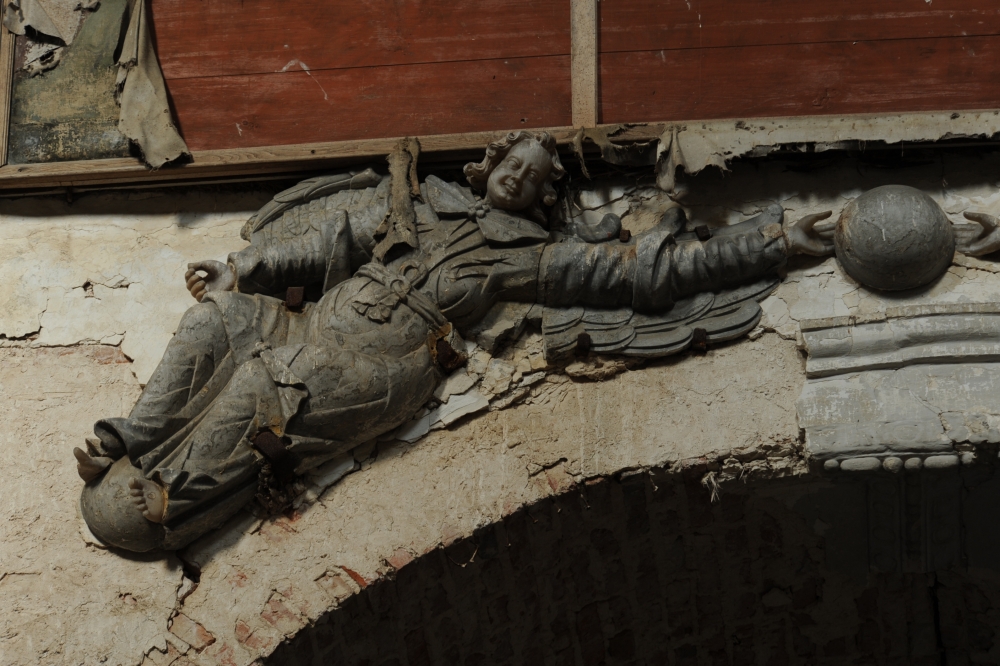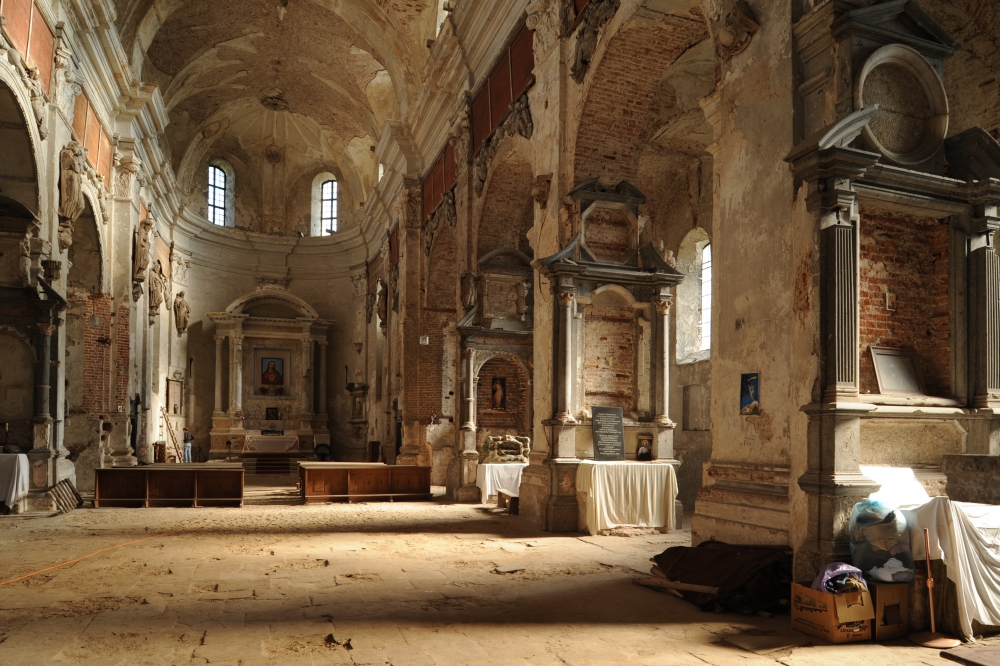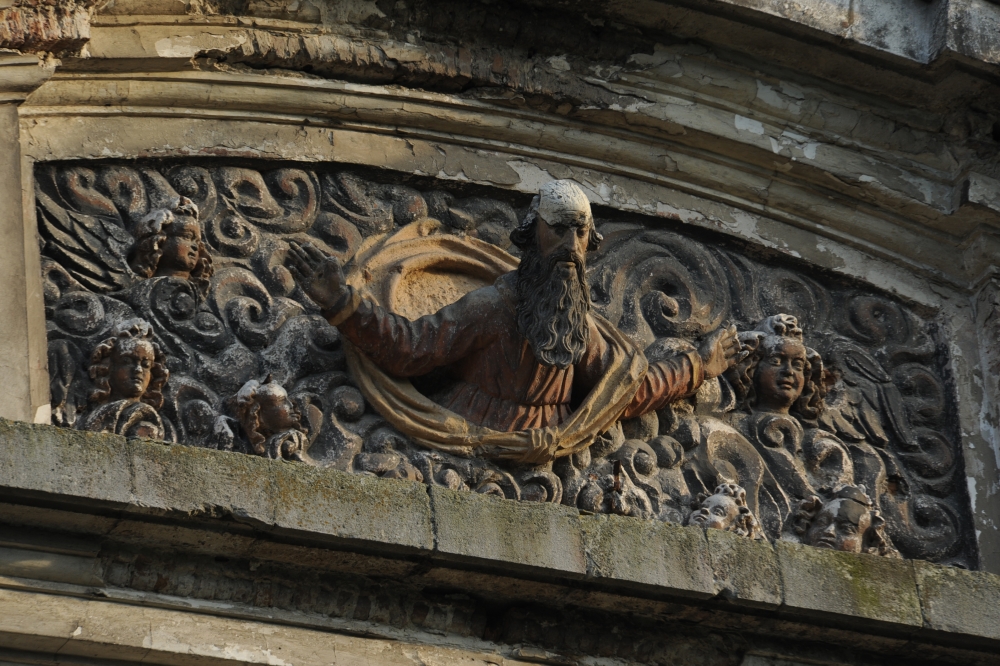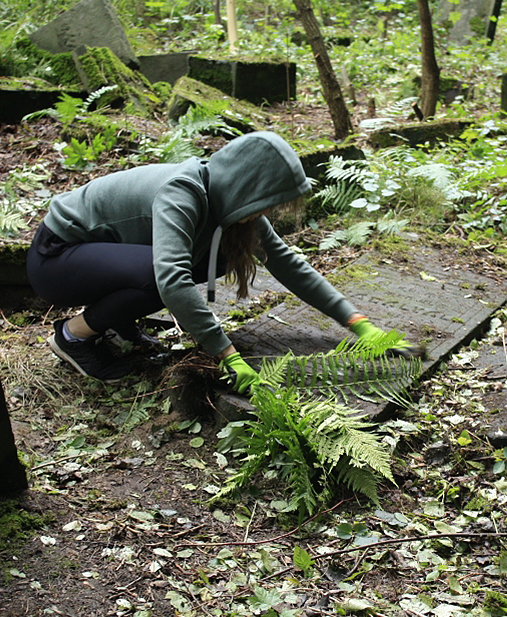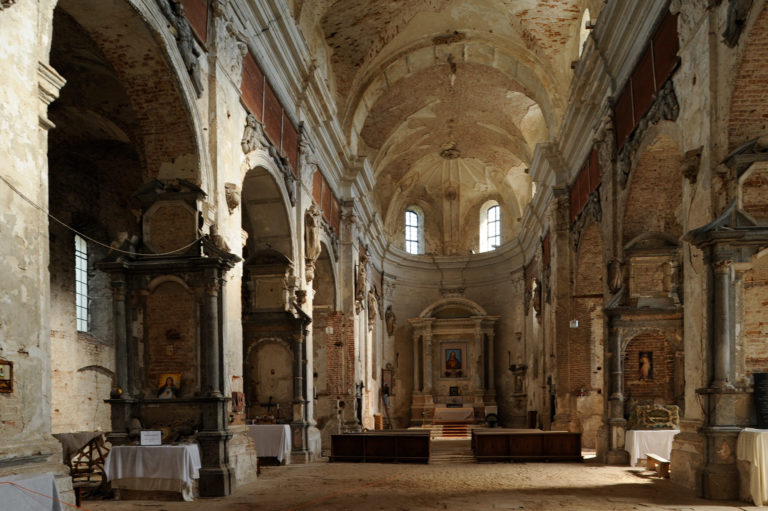o projekcie
The Holy Trinity Collegiate Church in Olyka was built in the first half of the 17thcentury on the initiative of its founder, Albrycht Stanisław Radziwiłł. The church is a unique example of the highest form of baroque art and architecture as found in the Polish-Lithuanian Commonwealth.
The building was considered the most beautiful Polish church in Volhynia. The altars and gravestones of the Radziwiłł family continue to impress with their beauty even today. The end of WWII marked the beginning of a very difficult time for the church. The territories of the Archdiocese of Lviv, of the Diocese of Lutsk, and – partially – of the Diocese of Przemyśl became incorporated into the Ukrainian Soviet Socialist Republic. The authorities returned to fighting religion and the Catholic Church. The parish of Olyka was dissolved, followed by a consistent devastation of the church, transformed into a facility for the local kolkhoz. Only in 1991 did Ukraine’s authorities hand the church over to a community of the faithful, which helped change it back to a place of religious worship.
The restoration-conservation works carried out in the Holy Trinity Collegiate Church are the biggest and most demanding challenge taken up by the Cultural Heritage Foundation. Both the facilities inside the church and its external structure are in a pitiful condition. Restoring the building to its former glory will take many years.
The year 2018 marked the first stage of conservation of the high altar inside the church, with a lot of effort made to take care of the front façade of the building.
The works were carried out thanks to the financial support provided as part of the project entitled “The front façade of the Trinity Collegiate Church in Olyka – construction and conservation-building works”, financed by “Polonika” National Institute of Polish Cultural Heritage Abroad. The project received financing also from the Ministry of Culture and National Heritage’s Culture Promotion Fund.
The year 2017 was marked by renovation and conservation of the interior of the church, with the works carried out involving laying the floor and reinforcing the latticework. The spires of the façade of the church were reconstructed as well.
The said spires were reconstructed by DEN sp. z o.o. represented by Artur Klecki, MSc Eng. The conservation of the latticework was handled by Andrzej Kazberuk, MSc. The floor was laid by EKAM Elewacje Michał Ziołowicz represented by Michał Ziołowicza, MSc. The works were supervised by AFA Professor Janusz Smaza, PhD, and Roman Paruch, MSc Eng., a chartered building surveyor. The entire project was coordinated by Michał Laszczkowski, PhD, and Jan Rosiak.
The Cultural Heritage Foundation was able to implement the restoration-conservation project thanks to funds obtained from the Chancellery of the Senate of the Republic of Poland as part of an order for supporting the Polish Diaspora and Poles abroad in 2017, and thanks to the support of the Ministry of Culture and National Heritage, granted as part of the programme entitled “Protection of Cultural Heritage Abroad”.
In 2016, the renovation works gained momentum – focusing on as many as four areas. The first thing done involved repairing and restoring the plasterwork in different parts of the building: on the external walls of the central nave and aisles, on the back wall of the front façade (above the roof), on the vault of the chancel, and on the internal walls of two vestries, the treasury, and the library. The following – very important – stage was to restore and secure the frame of the church and the roof deck. Finally, the first stage of floor reconstruction was completed, coupled with incorporating lower windows into the building and installing window grilles.
The renovation and conservation of the collegiate church was carried out by Mesel Konserwacja Architektury i Dzieł Sztuki from Chełm, supervised by Arkadiusz Ostasz.
The activities were financed from the resources granted by the Minister of Culture and National Heritage as part of the “Cultural Heritage” programme, priority: “Protection of Cultural Heritage Abroad”, and from the Senate of the Republic of Poland’s funds provided as part of the competition entitled “Cooperation with Polish Diaspora and Poles Abroad in 2016”. A significant financial support was granted also by PWPW S.A. The contribution of the Consulate General of the Republic of Poland in Lutsk, who financed the reconstruction of the large crypt window, cannot be overstated either.
There were further major changes planned for the church to take place in 2015. The ambulatory of the chancel was restored with a particular focus on the renovation of the plaster and moulding decorating the liturgical space and the aisles. The outside parts of the building were taken care of as well: the steeples found on both sides of the church were reconstructed, the holes in the façade were patched, and the destroyed thresholds were restored.
In 2015, the project proceeded thanks to the Minister of Culture and National Heritage’s funds granted to the Foundation as part of the “Cultural Heritage” programme, priority: “Protection of Cultural Heritage Abroad”, and thanks to the Minister of Foreign Affairs’ financial support provided as part of the competition entitled “Cooperation with Polish Diaspora and Poles Abroad in 2015”.
The renovation of the plaster and the moulding in the chancel and the aisles was possible thanks to the financial support of the PZU Foundation and the Bank Zachodni WBK Foundation.
A survey was performed in 2013, which involved inspecting the condition of the structural elements of the building (including the roof trusswork) and of the ornamental features of the church (sculptures, altars, epitaph plaques). The colour scheme and the rare remains of wall paintings were examined in detail as well. Based on the resultant expert reports, it was possible to carry out the first series of preservation works in 2014, which averted the risk of a structural collapse. The body of the building was reinforced (using steel bars and carbon fibre bands), the ruined buttresses (east and west) were reconstructed, and a drainage system was installed – including a set of rain gutters and downspouts.
The renovation-conservation works were carried out by Lehbud from Warsaw, supervised by Roman Paruch, MSc Eng. The surface water drainage solutions were installed by BTM Jurkiewicz under the supervision of Ryszard Jurkiewicz, PhD Eng.
The works carried out in Olyka were coordinated by Michał Laszczkowski, PhD, and Aleksy Łoziński. The project was endorsed by the Consulate General of the Republic of Poland in Lutsk.
In the years 2013–2014, the project proceeded thanks to the Minister of Culture and National Heritage’s support granted to the Foundation as part of the “Cultural Heritage” programme, priority: “Protection of Cultural Heritage Abroad”. In 2014 alone, the project was supported by the Minister of Foreign Affairs, providing funds directly to the Association of Academic Traditions (the Foundation’s partner) as part of the competition entitled “Cooperation with Polish Diaspora and Poles Abroad in 2014”. The project was also partially supported by private donations (the renovation of downspouts and rain gutters).
Prace remontowo konserwatorskie w kolegiacie prowadzone były przez firmę Lehbud z Warszawy, pod nadzorem mgr. inż. Romana Parucha. Prace przy odprowadzaniu wód opadowych realizowała firma BTM Jurkiewicz pod kierunkiem dr. inż. Ryszarda Jurkiewicza.
Koordynatorami prac w Ołyce byli dr Michał Laszczkowski oraz Aleksy Łoziński. Projekt wspierany był przez Konsulat Generalny RP w Łucku.
W latach 2013–2014 zadanie realizowane było dzięki środkom Ministra Kultury i Dziedzictwa Narodowego przyznanych Fundacji w ramach Programu „Dziedzictwo Kulturowe”, Priorytet: „Ochrona dziedzictwa kulturowego za granicą”, a w roku 2014 także dzięki środkom Ministra Spraw Zagranicznych przyznanych bezpośrednio Towarzystwu Tradycji Akademickiej (partnerowi Fundacji) w ramach Konkursu „Współpraca z Polonią i Polakami za granicą w 2014 roku”.
Wart podkreślenia jest fakt, że system rur spustowych i rynien został sfinansowany z darowizny prywatnej.
